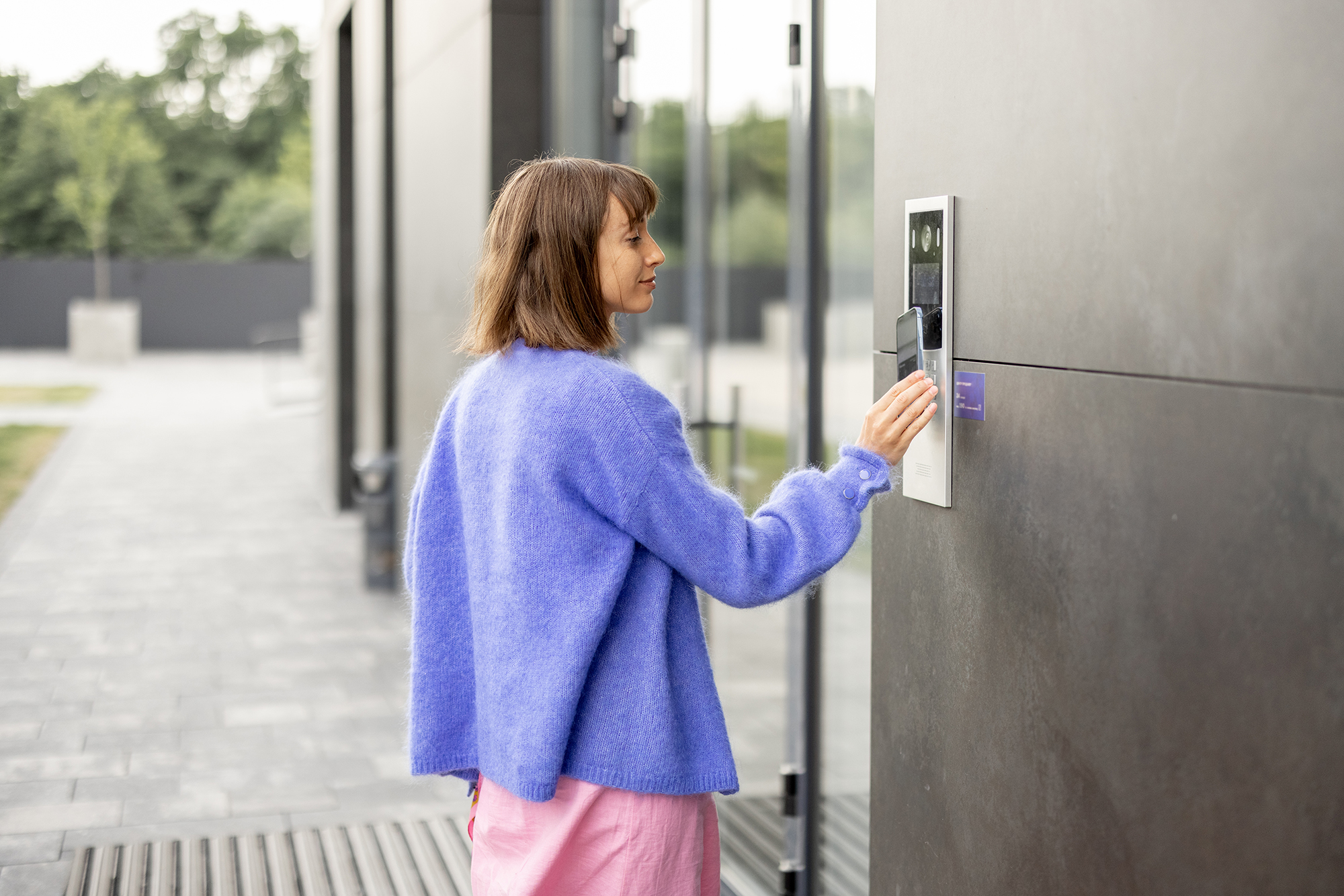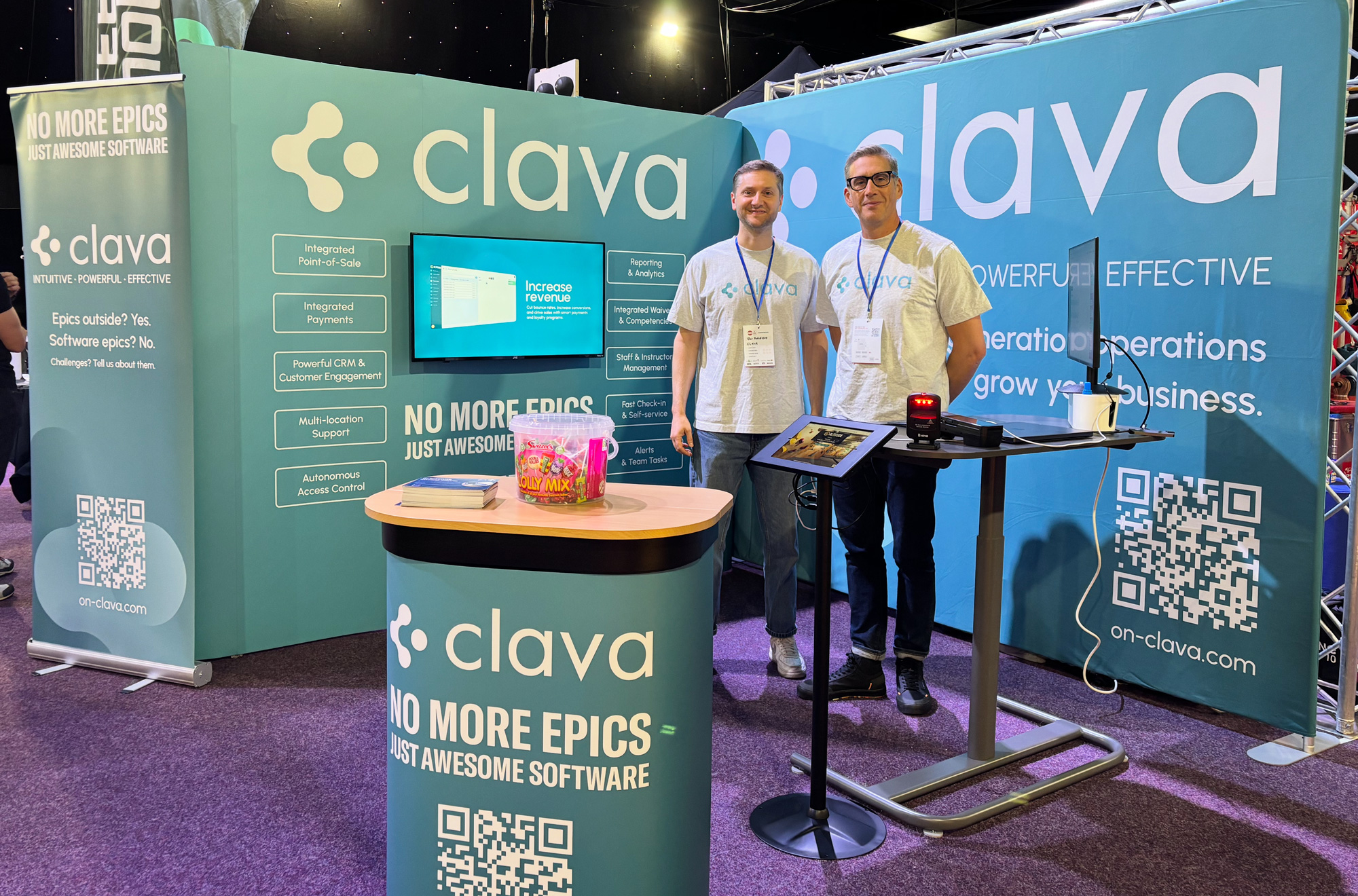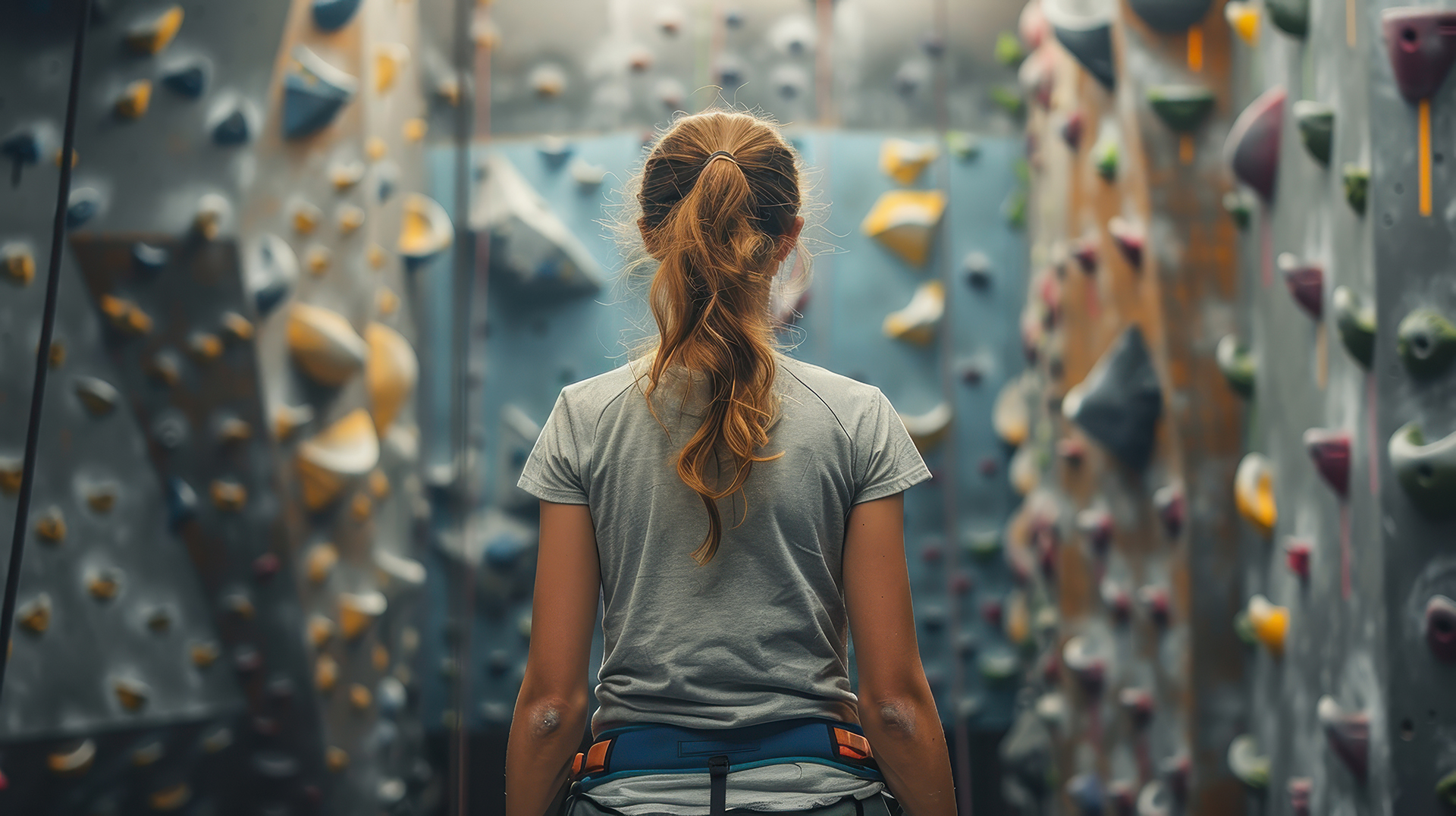Earlier this year, Luma, powered in collaboration with Clava, became the UK’s first fully autonomous climbing wall. It was a milestone for our industry and a glimpse into what the future of climbing might hold. While the concept is new to climbing, it draws clear parallels from the fitness world, where 24/7, staffless gyms have become the norm. But can our sector really follow suit?
How Luma Works
Based in Bath, Luma offers a streamlined, self-managed experience. Members book online, access the space via secure digital entry, and climb without any on-site staff. Lighting, music, and operations are fully automated. Safety rules and waivers are completed in advance, with the space monitored remotely and support available if needed. There’s no front desk, no instructors, no café, just a smart, minimalist facility built for independent climbing.
The Cost Pressure Is Real
Staffing remains one of the largest costs for climbing operators. With rising rents, energy bills, and insurance premiums, many centres are facing difficult trade-offs. For smaller walls or satellite sites, autonomy may be the only way to stay commercially viable.
Is Staffless Climbing Inevitable?
It is already here. Luma has proven it can work, and we are seeing more operators adopt hybrid models, fully staffed during peak hours, autonomous during off-peak. It mirrors the approach already mainstream in the gym world. Is climbing next?
Probably, but not without caveats.
Key Considerations
Safety and Emergency Response
Climbing carries inherent risk, arguably more than lifting weights or running on a treadmill. Emergencies are rare but real. In a staffless setting, rapid response is essential. We may see walls equipped with emergency buzzers, automated alerts to operators or a central command, and even direct links to emergency services via centralised CCTV, potentially with two-way audio.
Proactive Safety Interventions
Staff do not just respond to incidents; they prevent them. During floorwalks, experienced team members spot unsafe behaviour, make subtle corrections, and prevent issues before they escalate. That proactive oversight disappears in an autonomous model. Can it be replaced by remote spotters, AI-driven behavioural alerts, or will the safety margin simply narrow?
Community
Climbing is more than just movement; it is social. Staff help create a welcoming atmosphere, offer tips, and set the tone for new climbers. Will people feel the same connection without a friendly face at the door? Perhaps, especially if autonomy is the only way their local wall survives.
Access
With no one physically present to check waivers, ID, or entry eligibility, the burden falls on technology. Digital access logs, secure fob or app-based entry, and remote monitoring are already in use. But without face-to-face verification, fraudulent access becomes a real concern. People may share memberships or allow others to enter under their account.
Facial recognition could offer a solution, already adopted in some gym environments, but it comes with privacy concerns, data protection implications, and upfront costs. Operators will need to decide whether the potential revenue leakage is significant enough to warrant investment in these systems, and whether their customers are ready to accept more invasive ID checks in exchange for autonomous access.
Behaviour
In a staffless environment, managing on-site conduct becomes more complex. Without team members present to intervene, observe, or guide, technology must monitor behaviour. AI cameras, entry logs, and real-time alerts can help identify rule-breaking or unsafe conduct. Remote staff can issue warnings or follow up via recorded footage, and the presence of a digital trail helps reinforce accountability.
Still, it is a shift in tone. With no one physically there to step in or set the atmosphere, the challenge will be maintaining a respectful and safe culture, one that is traditionally reinforced by in-person staff.
Proving Competency
The biggest operational hurdle is knowing whether someone is safe to climb unsupervised. In-person inductions may give way to digital equivalents, virtual briefings, interactive safety modules, or even theory-style assessments. Some operators are already trialling these systems. They are not perfect yet, but they are coming.
Loss of Secondary Revenue and Product Security
Autonomy affects more than staffing; it threatens other income streams. Lessons, coaching, youth programmes, cafés, and retail often rely on personal interaction. Without that, operators must get creative. Smart lockers, vending-style retail, and robust surveillance can help, but require upfront investment and good design.
Rentals and Equipment Access
For casual users, access to rental shoes or chalk is essential. But without staff, who handles fitting, returns, or hygiene? Self-serve rental stations, with smart lockers, digital size guides, and usage logs, may become more common. But this opens questions around theft, suitability, and cleanliness.
Vandalism and Theft
Climbing walls are expensive to build and maintain. Without staff, how do you prevent damage or theft? Operators will need to invest in surveillance, access tracking, restricted areas, and real-time alerts, all designed to protect their space and equipment.
Shifting Staff Roles
Autonomy does not necessarily mean fewer staff, but it does mean different staff. Roles may shift toward remote monitoring, digital onboarding, community engagement, or content production. Some centres may choose to redeploy former front desk staff into higher-value work such as member support, social media, or programming. The workforce will evolve, not vanish, and those that adapt early may retain their best people while running leaner operations.
Insurance and Liability
One area that remains uncertain is how insurers will respond. With no on-site staff, operators will need to demonstrate robust systems and protocols for duty of care. Paradoxically, autonomy might help, with digital trails, CCTV, and entry logs providing clear incident documentation. But until insurers standardise their approach, some operators may find premiums harder to negotiate or claims harder to process.
Data and Operational Insight
Autonomous centres generate a wealth of data, from door entries and usage heatmaps to behavioural trends. This opens up opportunities to:
- Optimise setting schedules
- Identify peak friction points or high-risk times
- Personalise messaging or membership offers
In the long run, those who invest in smart, data-driven operations may be able to run more efficiently and more profitably than traditional models allow.
Inclusivity and Accessibility
Autonomy could make climbing more accessible to some, particularly those who prefer quiet, lower-sensory environments or do not feel comfortable in social settings. But it could also leave others behind: beginners who need guidance, neurodiverse individuals who rely on routine, or those less comfortable with digital tools. Operators will need to strike a careful balance, ensuring that tech-driven convenience does not come at the cost of inclusivity.
Brand and Atmosphere
Climbing walls are more than just places to climb; they are cultural hubs. Removing staff risks creating a sterile experience. Operators looking to retain their identity will need to think creatively:
- Can music, lighting, scent, and visuals create a branded experience?
- Can digital touchpoints reinforce the tone of voice or customer connection?
- Will community events or digital storytelling help preserve the centre’s soul?
In a world of autonomous access, brand becomes even more important, because personality will not come from people alone.
So, Is the Autonomous Model Here to Stay?
In short, yes. Not everywhere. Not for everyone. And not all the time. But it is likely to become part of the operating mix.
Expect to see more staffless, member-only access during off-peak hours. More remote monitoring. More technology is doing the heavy lifting.
Autonomy will not replace staffed, social, service-led climbing. But it might help some walls stay open, and even thrive, when traditional models no longer stack up.
Clava is not pushing this shift, but we are ready to support it. Our platform gives operators the freedom to choose how they run their facilities, from fully autonomous to fully staffed, or anything in between.
Ultimately, it comes down to company culture, their mission and appetite for risk. Operators will need to decide what level of autonomy they are comfortable with and how they will manage and mitigate associated risks through technology, policy, or process. Their choices will depend on size, scale, customer volumes, and resources.
Some will embrace it. Others will not. But now, they have the option.
Want to learn more about Luma or the future of autonomous climbing? Get in touch.



